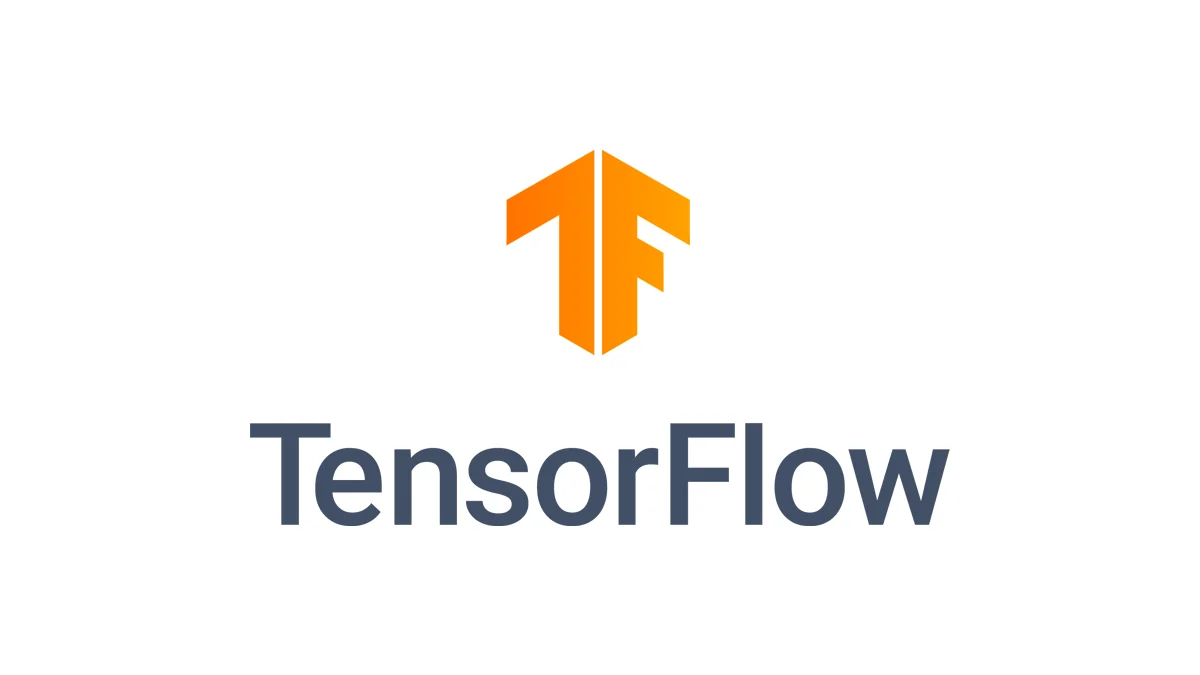淮师2017校园新闻爬取&&WordCloud年度词云分析
前言:最近一直想做数据采集这块,想到年底了,来个年终总结什么的。所以就想到了爬取学校2017年的校内新闻。基于采集的五百多篇新闻结合Python的WordCloud做出来个词云,可视化新闻图片,根据关键词出现次数自动设置大小。效果图如下:
一、爬虫模块:
爬虫模块使用了Java的开源爬虫框架jsoup。通过对页面的批量获取以及对网页进行分析从而得到新闻内容。
因为学校的网站过于简单,没有使用现在流行的json接口,也没有严格的反爬虫验证,所以爬取新闻没什么技术难度,那就不需要去找接口了,比网易那个简单多了,有兴趣可以看看我那篇博客 网易云音乐API获取分析。


从上面的图片可以看出,新闻列表是写在table中的,每一个标题就是对应一个链接,也就是新闻正文部分。所以我们第一步就是要先通过新闻列表获取新闻详情。
首先批量获取新闻的URL。使用get方式请求链接获取网页内容,返回来是一个完整的网页内容。我们该如何通过从一个复杂的网页获取我们想要的内容呢?引出jsoup框架,一代神器!使用jsoup框架的时候你感觉你在使用正则表达式,但是比正则容易多了。jsoup的官网:http://www.open-open.com/jsoup/。
1、获取新闻链接
先贴上代码看看:
1 | public static void getArticleList(){ |
- 1)分析链接,通过查阅可以看出2017年的新闻总共占了37页,通过for循环就可以获取2017年的列表页。
- 2)通过工具类获取网页内容。
- 3)先获取document对象,再输入指定的过滤规则就可以得到a标签,但是我们需要获得a标签里面的href属性。
- 4)使用Element的attr方法获得标签里面的属性
2、爬取新闻内容

1 | public static void getArticle(String url ){ |
- 1)先请求获取新闻详情网页
- 2)发现新闻的内容都是写在了span标签里面,通过指定获取span标签的内容
- 3)再使用span[style]近一步过滤内容
- 4)为了后面的数据分析的准确度,所以此处去除作者之类的内容
- 5)使用MyBatis框架将数据写到数据库中。如下图:
二、词云模块:
词云模块使用了Python语言。
- 1、首先安装WorlCloud模块。当然不是一次就能安装成功的,遇到了很多坑!放弃Python2使用了Python3,无奈,Python2安装插件安装了一晚上加一上午,还没搞定!果断换了Python3。抛出链接,自己总结了一下http://blog.csdn.net/qq_31673689/article/details/78745155。
- 2、使用Python的PyMysql框架读取数据库,关于pymysql的安装和使用请看我的另一篇博客:http://blog.csdn.net/qq_31673689/article/details/78745207
- 3、将新闻内容取出写入到本地的一个TXT文件中,贴出代码:
1 | # -*- coding: utf-8 -*- |
- 4、使用WordCloud模块对TXT文件读取自动分析,并自动生成结果图片
1
2
3
4
5
6
7
8
9
10
11
12
13
14
15
16
17
18
19
20
21
22
23
24
25
26
27
28
29from wordcloud import WordCloud,STOPWORDS,ImageColorGenerator
import matplotlib.pyplot as plt
import numpy as np
from PIL import Image
from os import path
from scipy.misc import imread
d = path.dirname(__file__)
#两种读取背景图片方式,注意路径不能使用\
pic = np.array(Image.open('D:/PythonStudio/WORK/Demo1/Ciyun/github4.png'))
bg_pic = imread(path.join(d,'github.png'))
#读取收集文章的TXT文件需要使用utf-8
f = open(u'D:/PythonStudio/WORK/Demo1/test.txt','r',encoding='utf-8').read()
# 你可以通过font_path参数来设置字体集
# width,height,margin可以设置图片属性
wordcloud = WordCloud(font_path = r'C:\\Windows\\Fonts\\STFANGSO.ttf',
background_color="white",
max_words=1000,
max_font_size=100,
random_state=50,
scale=5,
mask=pic).generate(f)
#显示结果
plt.imshow(wordcloud)
plt.axis("off")
plt.show()
#保存到本地图片中
wordcloud.to_file('test.png')

总结:本次小项目使用到了Java和Python两种语言,(其实Python也适合爬虫,但是现在Java比较顺手,所以将就了就使用了Java)新闻爬取模块没什么难点,就是细心一点分析一下网页就行了。Python的模块就比较坑了!各种不兼容,插件安装不上去!最后还是靠着耐心解决了
本博客所有文章除特别声明外,均采用 CC BY-NC-SA 4.0 许可协议。转载请注明来自 MiChong的🏡!
评论












